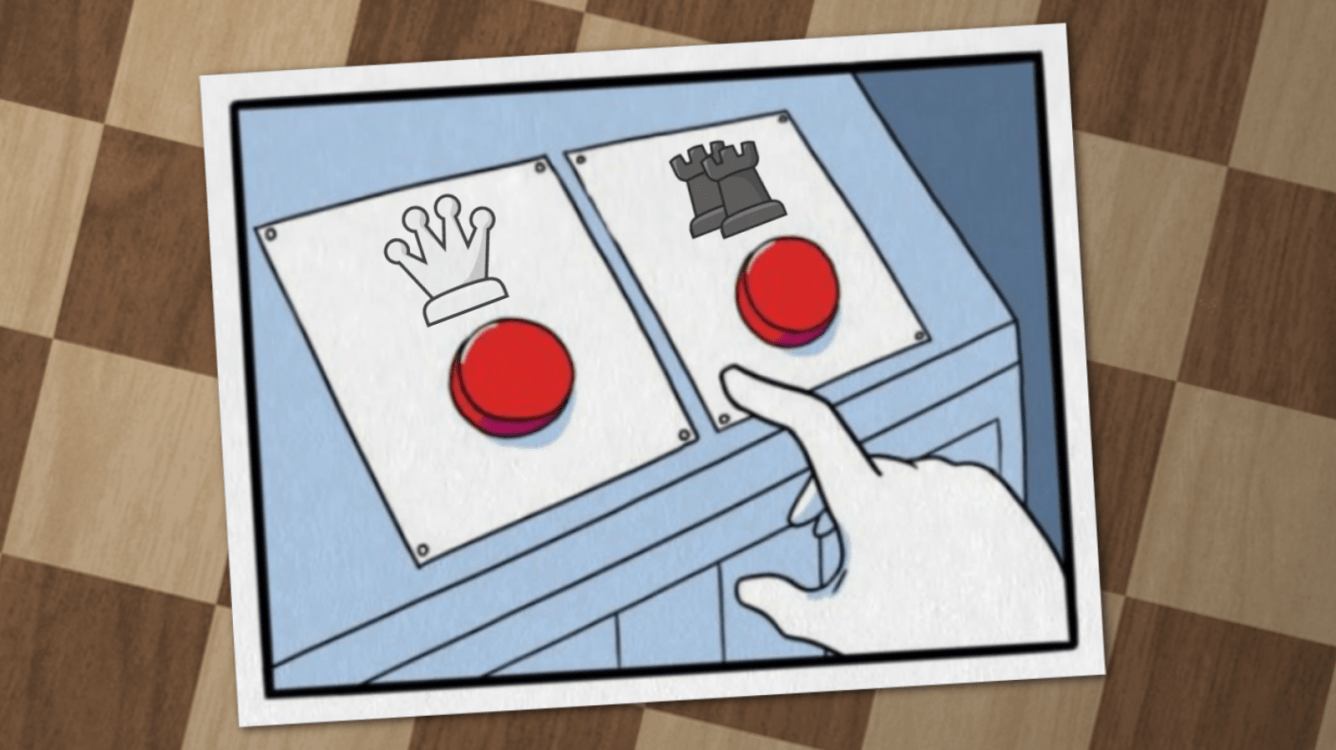
The Most Controversial Trade
While the recent FIDE World Championship match was rather disappointing due to its anticlimactic finish, it had its crown jewel: game six. The longest game ever played in world championship history had such rich chess content that it deserves a whole book! Today we are going to analyze the fragment where a queen was traded for two rooks.
There are thousands of books, articles, and videos devoted to positions where a bishop fights a knight or a rook fights a minor piece and a pawn or two. However, positions where a queen wrestles against two rooks are much less explored. As a result, we have the most controversial kind of unbalanced trade where even top players cannot come to an agreement.
We analyzed this kind of trade about two years ago, but in that article we mostly considered clear-cut examples where either a queen or two rooks dominated the game. But what if the evaluation of the position is not that obvious? A good example is the first game of another world championship match.
So, what's the evaluation of the trade that could have happened after 22...Rae8? Even top chess players couldn't come to the same conclusion. In his annotations for the Soviet newspaper Izvestia, Jose Raul Capablanca recommended this trade for Black, considering this move better than Alexander Alekhine's 22...Rxd4.
Two famous Soviet champions, GM Grigory Levenfish and IM Peter Romanovsky, completely disagreed in their book about the match, Alekhine-Capablanca. They wrote: "Of course not 22...Rae8 recommended by Capablanca in Izvestia since the simple move 23.Qxe8 leads to a draw."
The opinion of Alekhine was the most interesting. In his Russian book On The Way To The Highest Chess Accomplishments, he wrote: "It was not better to play 22...Rae8 as recommended by Capablanca soon after the game since after 23.Qxe8 White would be able to offer a strong resistance with his two rooks for a queen."

However, in Alekhine's later book My Best Games Of Chess published in 1939, he writes: "Simple and convincing was instead 22...Rae8 as after the exchange of the white queen for two rooks after 23.Qxe8 Rxe8 24.Rxe8 Kh7 Black, owing to his considerable positional advantage, would have but little difficulty in forcing the win."
Now you can see how controversial such a trade can be. Even World Champion Alekhine seems to be a bit confused by it!
Almost 60 years after the game was played, the discussion started again when master Vladimir Goldin from Moscow published a detailed analysis of the game in Chess In USSR magazine claiming that Levenfish and Romanovsky were right and the trade would lead to a draw. The famous Soviet coach and chess analyst IM Mark Dvoretsky disagreed and published his analysis where he proved that Capablanca was correct. Since modern chess engines completely agree with Dvoretsky, let me demonstrate his main ideas:
Now let's return to game six of the 2021 FIDE World Championship match. Here is the position immediately after GM Magnus Carlsen traded a queen for GM Ian Nepomniachtchi's two rooks.
While the engine gives absolutely the same "0.00" evaluation before and after the trade, this could be very confusing for less experienced players. Indeed, why does the engine show "0.00" after 27.Rxc8, and yet the material count on the left of the board shows +1? What's going on?
The trick is that you should never judge such trades from a purely material standpoint, otherwise it will be always in the rooks' favor (since two rooks are worth 10 points, one point more than one queen, which is nine points). In the above-mentioned article, we already discussed the criteria you should use to evaluate such a trade.
It is funny that, in his review of the game, GM Sergei Shipov says: "let's see why Ian Nepomniachtchi gives up two rooks for a pathetic queen." As you'll see, in the resulting position both opponents had their chances. First, it was Carlsen who failed to take advantage of his opponent's mistake:
These engine variations are very difficult to find for a human. Nevertheless, it was a big miss by Carlsen. Then it was Nepo's turn to err. Can you find the best move for Black?
You don't need to be a super-GM or even a master to see that Black can just grab a pawn using the pin and then his passed a4-pawn becomes very dangerous. In this case, Black could play for a win without any risk! (By the way, the same idea was still very strong on the very next move!)
On move 40, the world champion missed another tricky win. This time you probably need to be at least a master to find it. Can you spot it?
After all these missed opportunities, the opponents entered a marathon ending which was drawish according to engines, but almost impossible to hold from a human's perspective. As they say, the rest is history...






